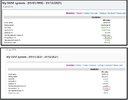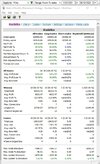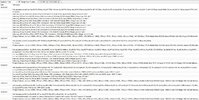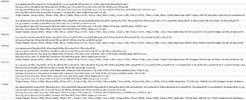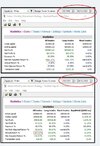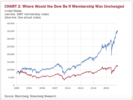- Joined
- 8 June 2008
- Posts
- 13,691
- Reactions
- 20,394
the human who codes is not shaking in its boots nor dribbling with envy, moreover, most of the big boys use AI and qant who are looking at each other inputs etc, none of these human as it is played within ms much faster than any human responses.especially for the Big blue capsYou know humans code those systems, right?
Anyway, we agree to disagree . good luck and we will see where we stand in 10y time

